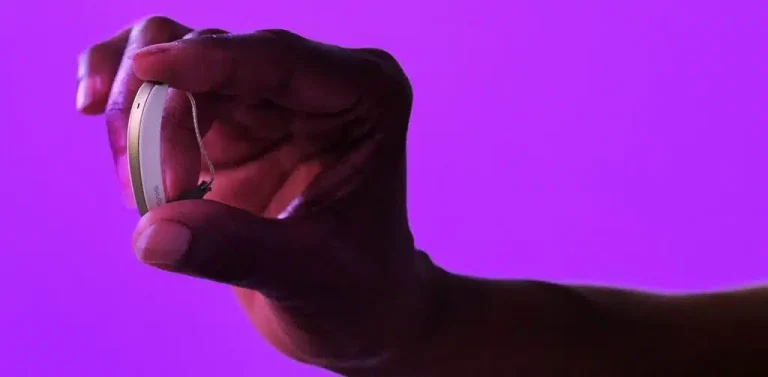Root canal treatment is a dental treatment performed on the infected pulp of your tooth that aims to eliminate infection and protect your decontaminated tooth from any future microbial invasion. Root canal therapy requires one or sometimes more dentist visits, and it can be performed by either a specialist endodontist or your general dentist. The type of dentist you need to visit will depend on the complexity of the procedure required for your particular tooth, as well as your general dentist’s comfort level when it comes to working on your tooth. This article will detail the steps that are involved in the root canal treatment process.
X-Ray and Anaesthesia
Your endodontist or dentist will take an X-ray to find out the shape of your root canals and see if there are any signs of infection in the surrounding bone. You will then receive local anaesthesia to deaden the nerves in your mouth. Before injecting the numbing medication, your dentist will also place numbing jelly on your gums to lessen pain when administering the shot.
Removal of Tooth Decay & Infected Pulp Material
The next step in this procedure is removing tooth decay and infected pulp material. During treatment, your dentist will keep the affected area dry and free of saliva. They will then place a rubber dam around your tooth and drill an access hole into your tooth. The pulp together with bacteria, decayed nerve tissue and other debris will be removed from your tooth. Pulp sits underneath your tooth’s hard layer of dentin and contains connective tissue, blood vessels and nerves.
The pulp extends from the tip of your roots to your crown, and it can be removed once your teeth have fully matured. Generally, your tooth can survive without the pulp, which makes root canal treatmenta great option when you have an infection that’s impacting your health.
The Cleaning Out Process

Your dentist will perform the cleaning out process using root canal files. During this process, your dentist will subsequently place a series of root canal files of increasing diameter into the access hole and work down the entire length of your tooth to scrub and scrape the sides of your root canals. Sodium hypochlorite or water is used at intervals to flush away any debris. Your dentist will seal your tooth after thoroughly cleaning it. If your dentist doesn’t complete the procedure on the same day, they’ll place a temporary filling in the outer hole in your tooth to keep contaminants out between appointments.
What to Expect After Root Canal Treatment
After the procedure, make sure you stick to a strict diet of only soft foods for one or two days. The options of food you can eat include the following:
- Oatmeal
- Mashed potatoes
- Soup
- Pudding
- Milkshakes
- Smoothies
- Yoghurt
Avoid eating hard, crunchy or sticky foods. While your mouth is numb, keep anything that you eat on the opposite side of the mouth and eat slowly to prevent biting your tongue or cheek.



















